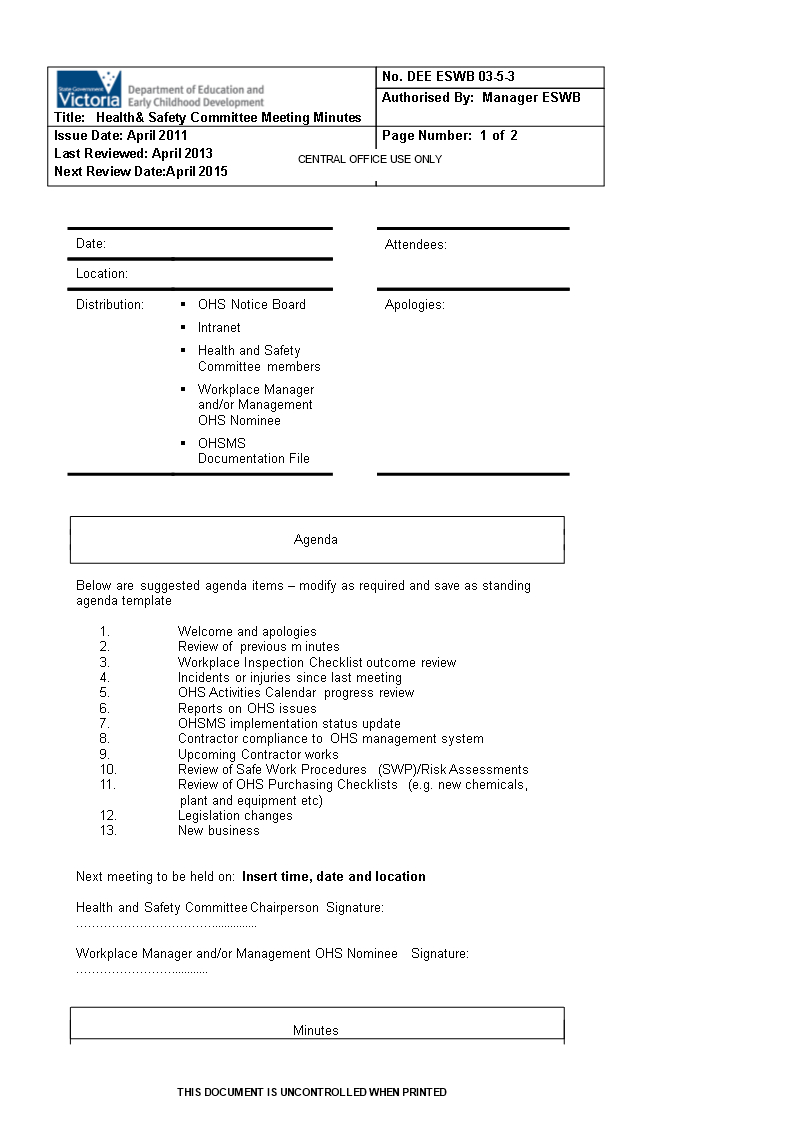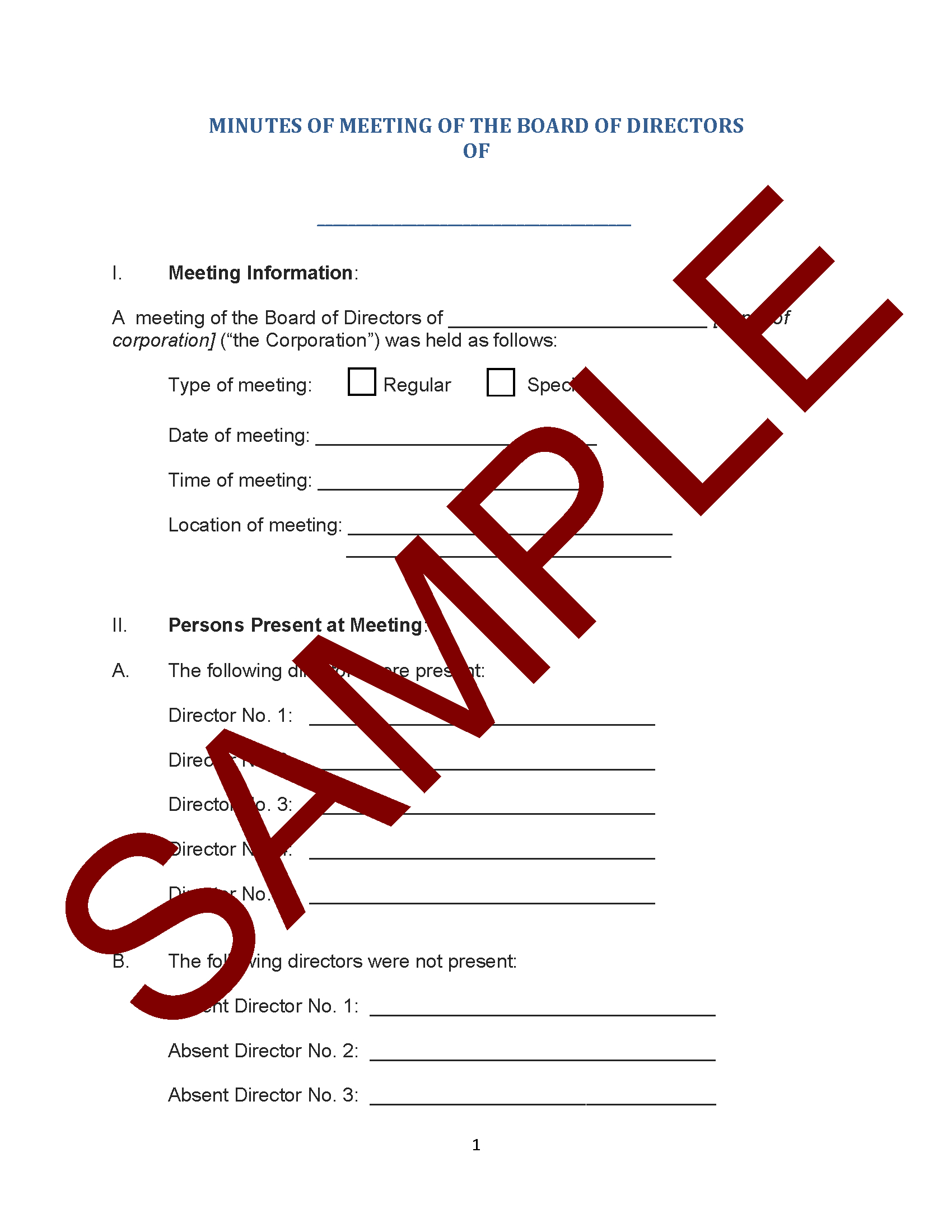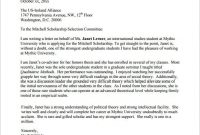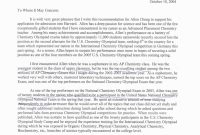 Tlcharger Gratuit Corporate Meeting Minutes Template intended for measurements 793 X 1122
Tlcharger Gratuit Corporate Meeting Minutes Template intended for measurements 793 X 1122Meeting Minutes Template With Signature – Adequate meeting documentation is essential in today’s fast-paced business environment. It ensures clear communication, promotes accountability and fosters collaboration among team members. One way to achieve this is by mastering the art of creating meeting minutes templates with signatures. This article delves into the importance of signature-ready meeting minutes templates, their components, customization, and best practices to help you revolutionize how you document and verify meeting outcomes.
Benefits of Using Meeting Minutes Templates with Signatures
1. Enhanced communication
Meeting minutes templates with signatures facilitate better communication by providing a clear and concise record of the discussions, decisions, and action items agreed upon during a session. They also serve as a reference point for team members who may have yet to attend the meeting, ensuring everyone is on the same page.
2. Clear accountability
By incorporating signatures into meeting minutes templates, participants can acknowledge their understanding and agreement with the information recorded. This helps establish a sense of ownership and responsibility, making tracking progress easier and holding individuals accountable for their assigned tasks.
3. Improved productivity and collaboration
Signature-ready meeting minutes templates can increase productivity and collaboration by streamlining the documentation process and ensuring that all necessary information is readily available to team members. This enables teams to work more efficiently, using their time and resources better.
 Tlcharger Gratuit Committee Meeting Minutes Format inside proportions 793 X 1122
Tlcharger Gratuit Committee Meeting Minutes Format inside proportions 793 X 1122Components of an Effective Meeting Minutes Template with Signatures
1. Header
- Organization/Company Name
- Meeting Title
- Date
- Time
- Location
2. Attendees
- List of attendees’ names and their roles
- List of absentees (if applicable) and their roles
3. Agenda
- A numbered list of topics to be discussed in the meeting
4. Meeting Minutes
- For each agenda item, record the following:
a. Discussion summary: A brief overview of the discussions, opinions, and suggestions made during the meeting.
b. Action items: Clearly state the tasks that need to be completed, the person responsible for each job, and the deadline for completion.
c. Decisions: Record any decisions made during the meeting, along with the names of those who made those decisions.
5. Other Business
- Any additional topics discussed or decisions made outside of the initial agenda items.
6. Next Meeting
- Date and time of the next meeting
- Location (if applicable)
- Proposed agenda items for the next meeting
7. Signatures
- A dedicated section for attendees to sign and print their names and roles or titles within the organization. This confirms that the information recorded in the minutes is accurate and agreed upon by those present at the meeting.
8. Attachments (if applicable)
- List any relevant documents, presentations, or materials distributed or referenced during the meeting. Include a digital copy or provide a link to access these materials.
 17 Professional Meeting Minutes Templates Pdf Word with size 1653 X 2339
17 Professional Meeting Minutes Templates Pdf Word with size 1653 X 2339Adapting and Customizing Templates to Suit Your Organization’s Needs
1. Online resources for templates
Various online resources offer meeting minutes templates with signatures. You can find templates tailored to different industries and meeting types. Some popular sources include Microsoft Office templates, Google Docs templates, and dedicated websites that provide templates for various purposes.
2. Modifying templates
While the templates found online can be a great starting point, modifying and adapting them to suit your organization’s specific needs and requirements is essential. Consider adding or removing sections, adjusting the formatting, or incorporating branding elements like logos or color schemes to make the template unique to your organization.
Tips for Writing Effective Meeting Minutes
1. Be concise and clear.
When writing meeting minutes, aim for clarity and conciseness. Avoid overly complex language or jargon and focus on presenting the information in a way that is easy for readers to understand.
2. Use bullet points and numbering.
Bullet points and numbering can help organize the information and make it more accessible to readers. Break down discussions, decisions, and action items into easy-to-digest sections using these formatting tools.
3. Assign responsibilities and deadlines.
Ensure that each action item includes a clear assignment of responsibility and a deadline for completion. This makes tracking progress easier and holds individuals accountable for their tasks.
4. Highlight decisions and action items.
Decisions and action items should be prominently highlighted in the meeting minutes, making them easy for readers to identify and reference.
 Board Meeting Minutes Template Download From Cfi Marketplace throughout dimensions 1377 X 1773
Board Meeting Minutes Template Download From Cfi Marketplace throughout dimensions 1377 X 1773Implementing and Managing Meeting Minutes with Signatures
1. Digital and physical storage options
Consider whether digital or physical storage is best for your organization’s needs. Digital storage has the advantage of being easily searchable, shareable, and environmentally friendly. Physical storage may be preferred in specific industries or situations where legal requirements necessitate hard copies. Some organizations may opt for a combination of both digital and material storage.
2. Version control and document tracking
Implement a version control system to ensure that only the most recent and accurate version of the meeting minutes is accessible. This can help provide clarity and communication due to outdated or incorrect information. In addition, develop a document tracking system to record when meeting minutes are created, revised, and shared.
3. Sharing minutes with relevant stakeholders
Ensure meeting minutes are promptly shared with all relevant stakeholders, including attendees and absentees. This can be done through email, file-sharing platforms, or an internal communication system within your organization.
Case Studies and Success Stories
1. Examples of organizations that have successfully implemented meeting minutes templates with signatures
Research and share real-life examples of organizations that utilize meeting minutes templates with signatures. Describe their experiences, the challenges they faced, and the benefits they reaped from implementing these templates.
2. Lessons learned and best practices.
Based on the case studies and success stories, highlight the lessons learned and best practices for organizations looking to implement meeting minutes templates with signatures.
 Meeting Minutes Form Template in dimensions 1700 X 2200
Meeting Minutes Form Template in dimensions 1700 X 2200Conclusion
In conclusion, mastering the art of creating meeting minutes templates with signatures can significantly streamline the documentation process, enhance productivity, and improve communication within your organization. By understanding the components of an effective template and adapting it to suit your organization’s needs
As you refine your skills in creating effective meeting minutes templates with signatures, we encourage you to explore other valuable resources in the “Business Templates” category on the howtostepmom.com site. Our extensive collection of articles covers various topics designed to help you optimize your business processes, enhance productivity, and foster better communication within your organization. From project management templates to performance review guides, howtostepmom.com is your go-to resource for practical tips and insights on navigating the world of business templates. Take advantage of these essential tools and strategies to empower your team and drive success!


